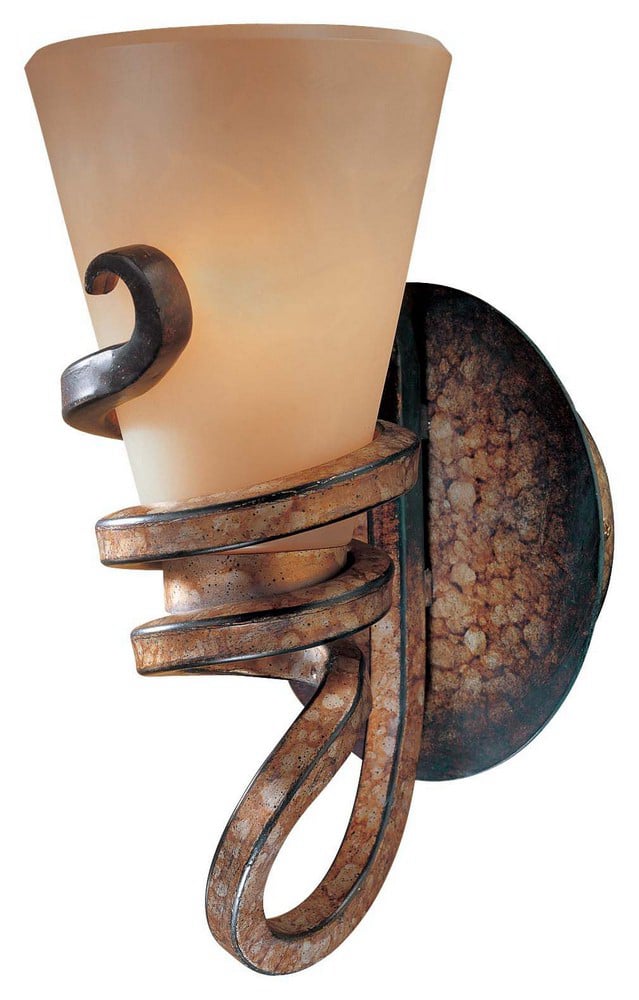Tailored Lighting Information
Industrial wall lights also offer great versatility. Some models feature adjustable arms or swivel heads, allowing users to control the light direction with ease. Others come with dimmable bulbs or integrated LED options, combining old-world looks with modern-day efficiency. The contrast between vintage style and modern functionality is one of the reasons this type of lighting remains so popular.
After forming a mental picture of the surfaces that define our surroundings, the next phase involves envisioning the materials that constitute these surfaces. This step taps into our intuitive understanding of how light, texture, and intensity interact with specific materials to create a cohesive environment. The process requires us to consider how materials reflect light, convey texture, and contribute to the overall aesthetic and functional qualities of a space.
I like technical things, because the universe is ruled by physics
When selecting materials, one key consideration is their texture and how it interacts with light. The surface characteristics of materials like natural stone, concrete, or wood can be accentuated or subdued based on the lighting approach. For instance, directional lighting can enhance the tactile qualities of these materials. By positioning light sources at sharp or grazing angles, subtle textures become more pronounced as shadows highlight the natural imperfections and grain. This technique brings out the inherent beauty of rugged materials, emphasizing their organic patterns and depth. For example, the rough-hewn surface of a stone wall can appear dramatic under a focused beam, with shadows accentuating its unique contours.
Conversely, materials intended to appear sleek and flawless, such as polished surfaces or modern composites, benefit from diffuse lighting. Soft, even illumination minimizes the visibility of imperfections, creating a uniform and pristine appearance. This approach is ideal for walls or surfaces designed to look smooth, where the goal is to project a sense of refinement and simplicity. Diffuse light sources, positioned to avoid harsh shadows, ensure that the material’s surface appears unblemished and consistent, aligning with a minimalist or contemporary aesthetic.
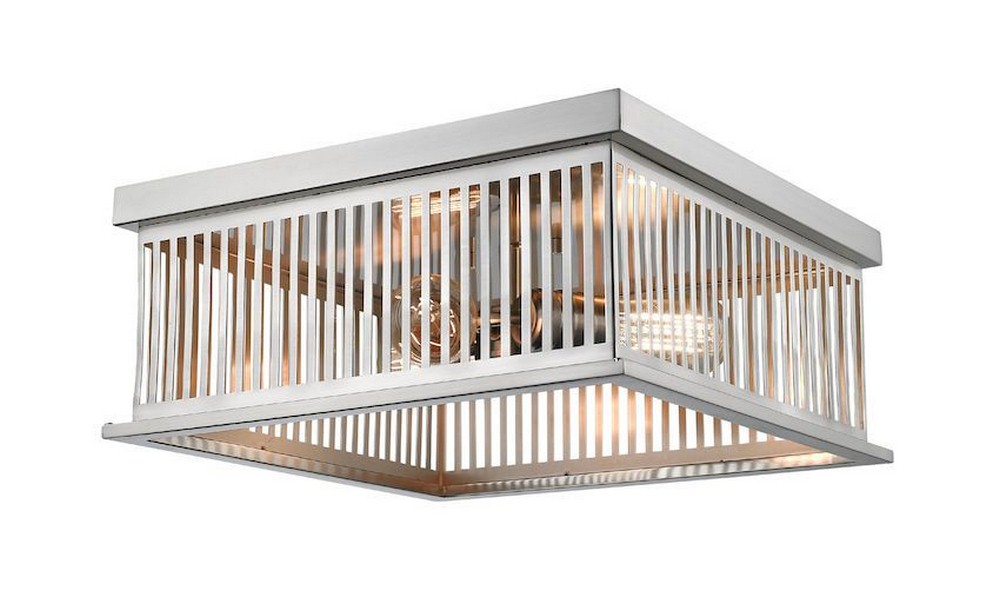
3 Light Flush Mount Lamp
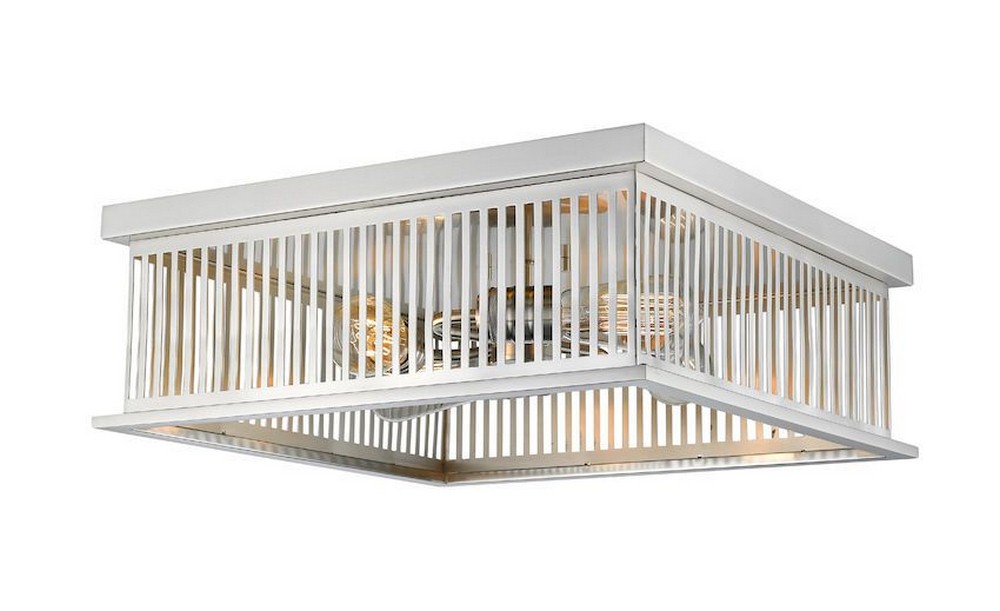
4 Light Flush Mount Lamp
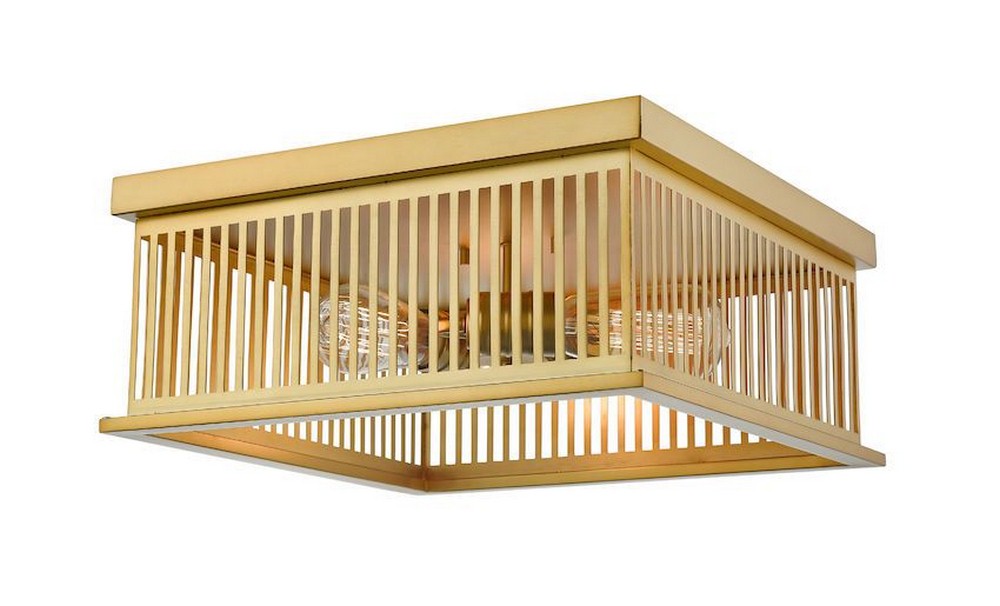
3 Light Flush Mount Lamp
Seeing surfaces for the materials that make them
The choice of material also influences how we perceive the environment’s character. For example, exposed natural materials like wood or stone evoke warmth and authenticity, connecting the space to its natural origins. These materials often carry unique variations knots in wood or veins in stone that tell a story of their formation. Highlighting these features through carefully chosen lighting can enhance the space’s narrative, making it feel grounded and timeless. On the other hand, materials like polished concrete or metal may convey a modern, industrial feel. The decision to expose or conceal a material’s texture depends on the intended mood and purpose of the space.
Another factor to consider is how materials interact with their environment over time. Natural materials age and patina, developing character that can be celebrated or mitigated through design choices. For instance, weathered wood may gain a rich, silvery hue that adds to its charm, while concrete may develop subtle cracks that tell a story of endurance. Designers must anticipate these changes and decide whether to embrace or counteract them. Lighting plays a critical role here, as it can either highlight the evolving texture of a material or mask signs of wear to maintain a polished look.
Bath, vanity lights
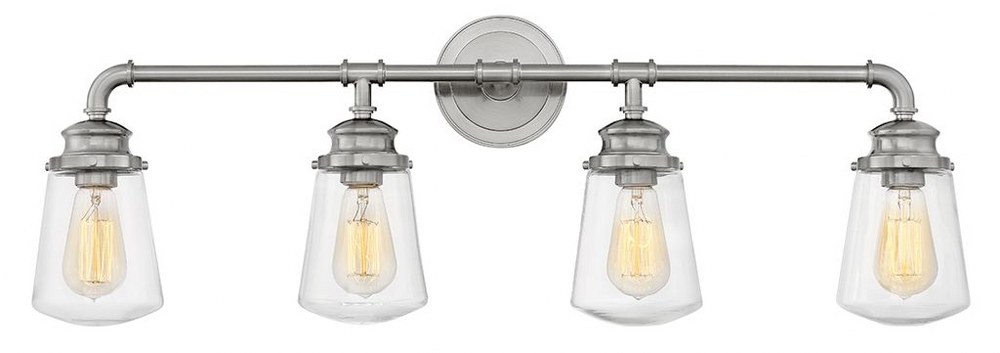
Bathroom Lighting
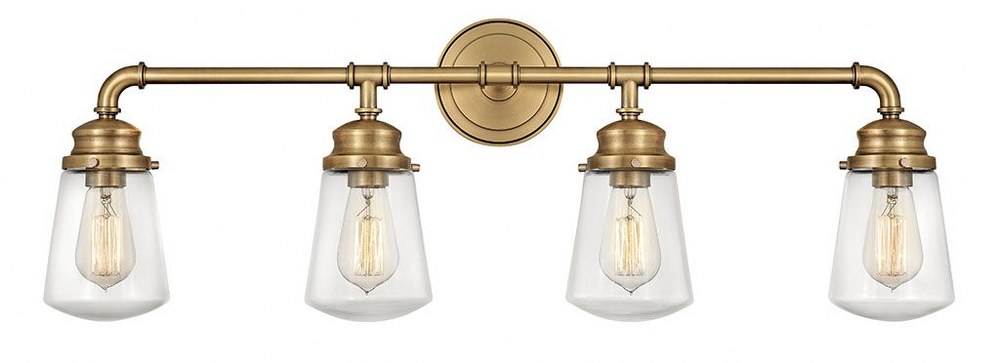
Bathroom Lighting
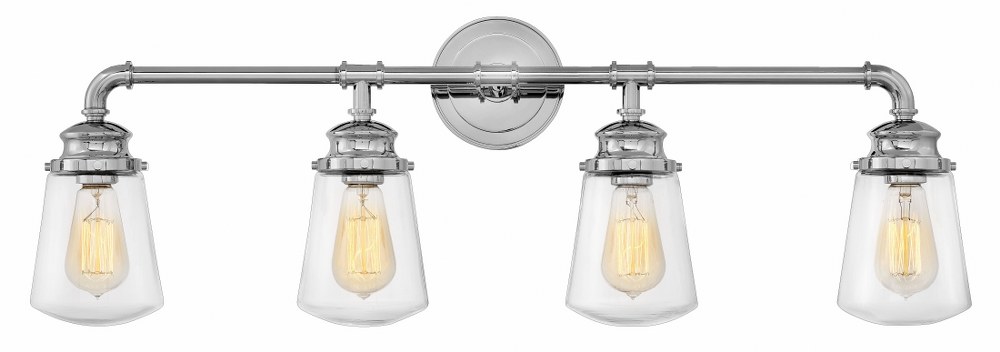
Bathroom Lighting
Lighting applications
Ultimately, imagining the materials that shape our environment involves a delicate balance of intuition and technical understanding. By thoughtfully pairing materials with appropriate lighting strategies, designers can craft spaces that resonate with both functionality and emotion. Whether emphasizing the rugged beauty of natural textures or the sleek elegance of modern surfaces, the interplay of light and material defines the soul of a space, transforming abstract surfaces into tangible, lived experiences.
One of the standout features of industrial wall lamps is their raw, unpolished look. They often incorporate elements like weathered metal, visible screws, aged wood, or rust-like finishes. Instead of hiding the hardware, these lamps celebrate it, allowing brackets, joints, and armature to become part of the design. The effect is a lamp that feels authentic, sturdy, and full of character.
Flush Mount in Industrial Style
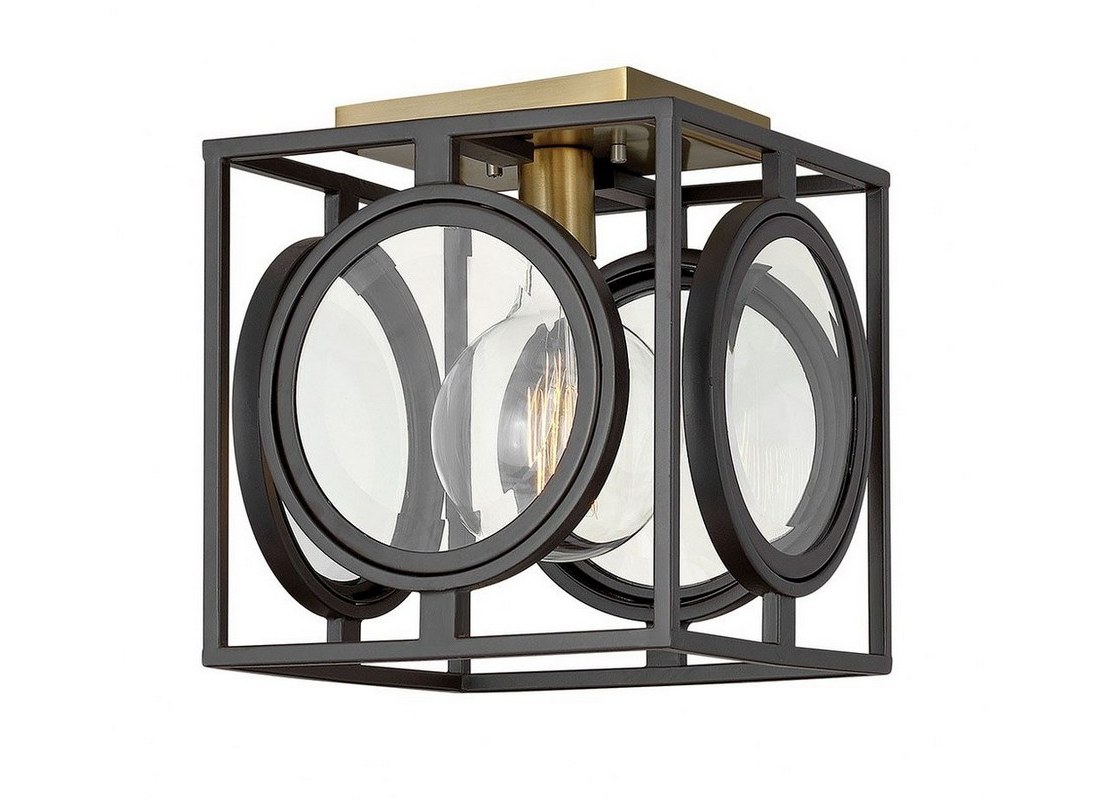
Small Flush Mount Lamp
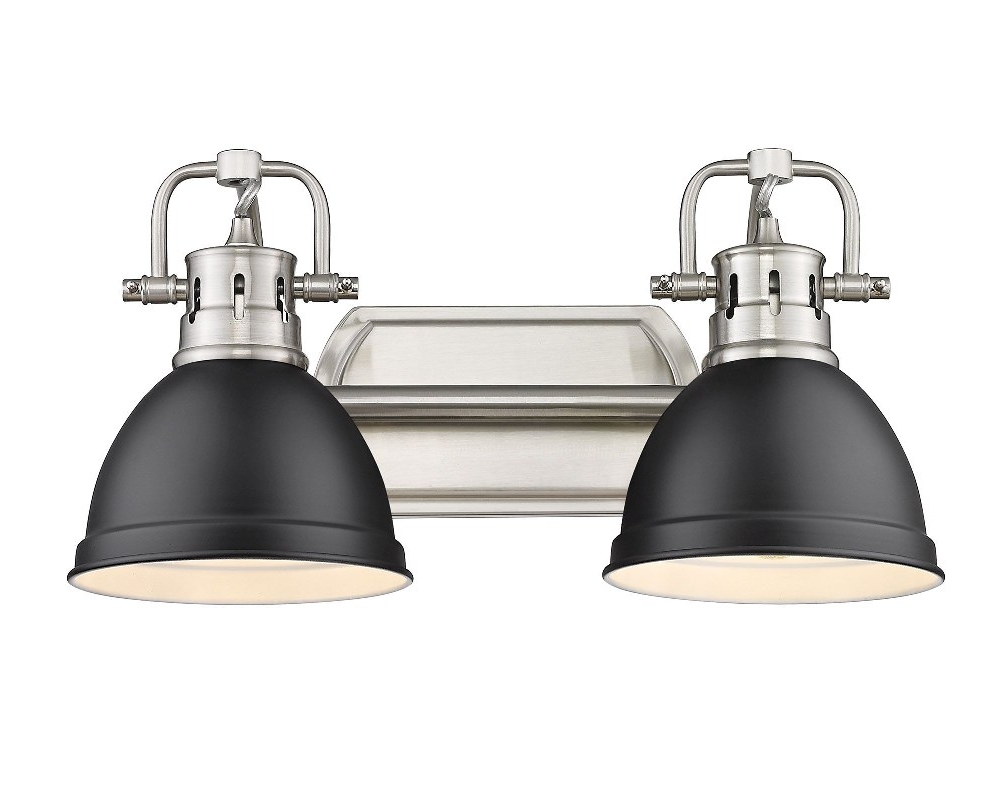
Wall Mount, Industrial Style
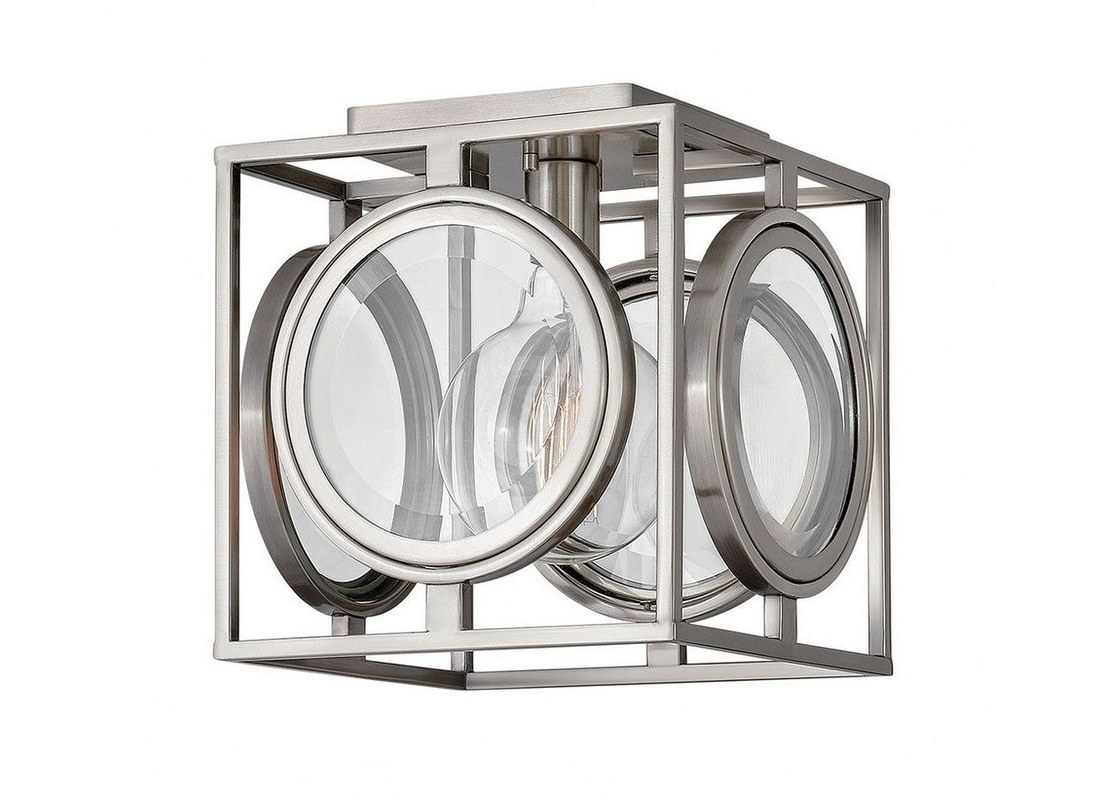
Mid Century Style
Premium solutions to your needs
The industrial-style wall mount lamp is more than just a source of light — it’s a statement piece that brings together utility and bold, urban design. Drawing inspiration from factories, warehouses, and old workshops, this lighting style emphasizes exposed materials, mechanical details, and a rugged charm that feels both vintage and modern.
The uplighting impacts point by point above are worried about how to utilize uplighting to make general light, yet it is additionally really great for making fascinating highlights and impacts. A delicate, warm white sparkle can assist with transforming a kitchen into a comfortable and welcoming space, and is a particularly decent decision for open arrangement spaces. A shaded light strip could be utilized to make a feeling of show and tomfoolery. Care ought to be taken in picking the variety, since it should not conflict with the tones present in the kitchen.
